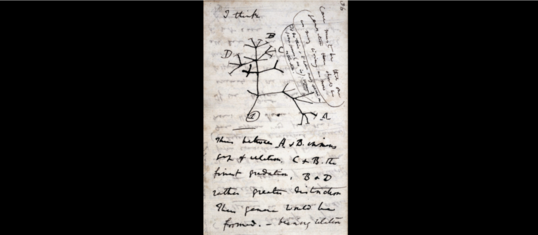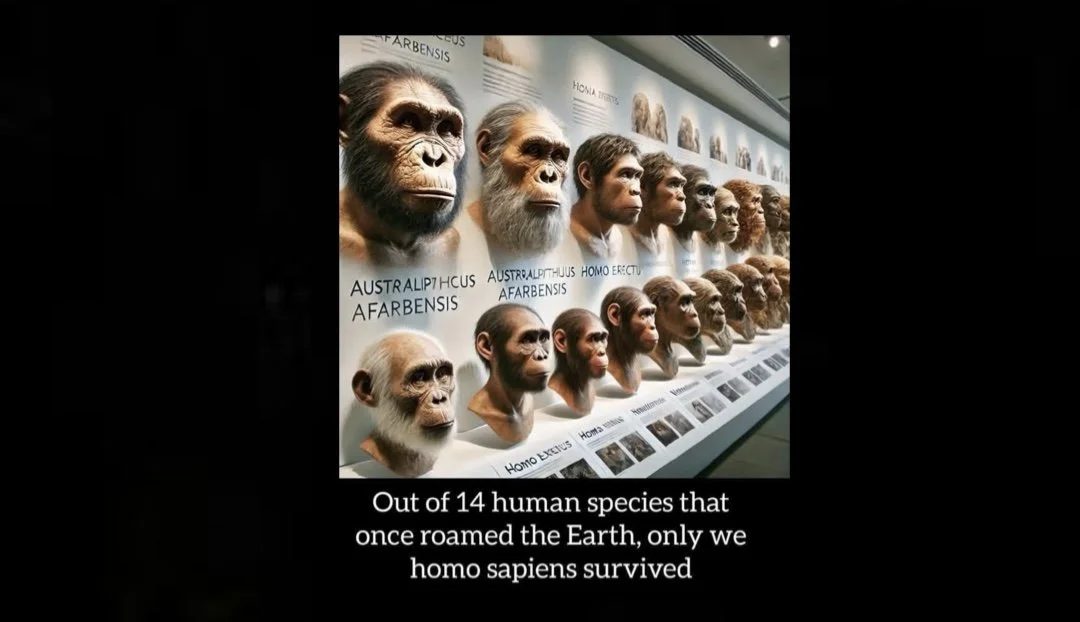The Intelligent Design of LUCA
In September 2024, Nature Ecology & Evolution published a major paper reconstructing LUCA by Edmund R. R. Moody, Tom A. Williams, Nick Lane, Ziheng Yang, Davide Pisani, Philip Donoghue, Timothy Lenton, and others. The authors state: “the common ancestry of all extant cellular life is evidenced by the universal genetic code, machinery for protein synthesis, shared chirality of amino acids, and use of ATP. LUCA is then defined as “the node on the tree of life from which the fundamental prokaryotic domains diverge.”
This is circular reasoning — the kind Darwin himself warned against, yet ultimately still used.
Google’s AI Overview Debunks Design Arguments Every Time!
One of the biggest problems with evolutionary theory is that what is assumed is almost always presented as if it were evidence. The reasoning runs in circles: an assumption is made, and then that assumption is pointed back to as proof the assumption was correct. Any objection raised is brushed aside, not by new discoveries, but by recycling the same assumptions.
This is how the logic works: fossils are assumed to be stages in a long process of gradual change, so fossils are presented as evidence of gradual change. DNA similarities are assumed to prove common ancestry, so DNA similarities are presented as evidence of common ancestry.

